Hadada Ibis
Posted: Tue May 22, 2012 10:21 am
094. Hadada Ibis Bostrychia hagedash (Hadeda)
Order: Pelecaniformes. Family: Threskiornithidae
Description
Length 76 cm. Stocky, dark brown ibis, identified by heavy, brown body, wings glossy greenish or purple with fairly short blackish legs, decurved large black bill with red stripe on upper mandible and iridescent pink shoulder plus white cheek-stripe. Its eyes are brown. In flight, the feet don’t project beyond the tail. Male and female look alike.
Distribution
Africa south of the Sahara. Found in most parts of South Africa, except the Karoo and North-western Cape.
Habitat
Feed on damp ground, near water or in vleis, plamtations, agricultural land, suburban gardens and playing fields.
Diet
Earthworms, using its long scimitar-like bill to probe soft soil. It also eats larger insects, spiders and small lizards.
Breeding
Monogamous, solitary nester. Males display before choosing a mate. The pair then engages in mutual bowing and display preening. The male usually gathers nest materials, which it ritually offers to its mate. The nest is built by the female, consisting of a platform of sticks with a central bowl lined with grass, lichen, weeds, leaves and other debris. It is typically placed in the fork of a horizontal branch. Egg-laying season is from June-March, peaking from September-November. It lays 1-5 green eggs, which are incubated by both sexes for about 25-28 days. The chicks are fed by both parents by regurgitation and brooded constantly for the first week of their life, less frequently thereafter. The chick leaves the nest at about 33-40 days old, becoming fully independent at roughly 60 days old.
Call
It has a distinctively loud and recognisable haa-haa-haa-de-dah call that is often heard when the birds are flying or are startled, hence the name. Listen to Bird Call
Status
Widespread and common throughout its large range and is evaluated as Least Concern on the IUCN Red List of Threatened Species.
Order: Pelecaniformes. Family: Threskiornithidae
Description
Length 76 cm. Stocky, dark brown ibis, identified by heavy, brown body, wings glossy greenish or purple with fairly short blackish legs, decurved large black bill with red stripe on upper mandible and iridescent pink shoulder plus white cheek-stripe. Its eyes are brown. In flight, the feet don’t project beyond the tail. Male and female look alike.
Distribution
Africa south of the Sahara. Found in most parts of South Africa, except the Karoo and North-western Cape.
Habitat
Feed on damp ground, near water or in vleis, plamtations, agricultural land, suburban gardens and playing fields.
Diet
Earthworms, using its long scimitar-like bill to probe soft soil. It also eats larger insects, spiders and small lizards.
Breeding
Monogamous, solitary nester. Males display before choosing a mate. The pair then engages in mutual bowing and display preening. The male usually gathers nest materials, which it ritually offers to its mate. The nest is built by the female, consisting of a platform of sticks with a central bowl lined with grass, lichen, weeds, leaves and other debris. It is typically placed in the fork of a horizontal branch. Egg-laying season is from June-March, peaking from September-November. It lays 1-5 green eggs, which are incubated by both sexes for about 25-28 days. The chicks are fed by both parents by regurgitation and brooded constantly for the first week of their life, less frequently thereafter. The chick leaves the nest at about 33-40 days old, becoming fully independent at roughly 60 days old.
Call
It has a distinctively loud and recognisable haa-haa-haa-de-dah call that is often heard when the birds are flying or are startled, hence the name. Listen to Bird Call
Status
Widespread and common throughout its large range and is evaluated as Least Concern on the IUCN Red List of Threatened Species.
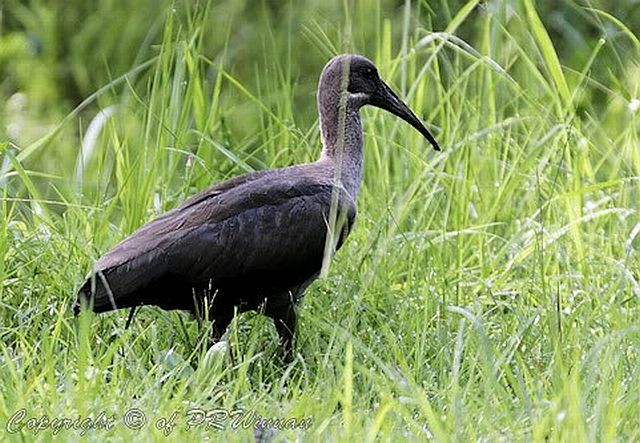
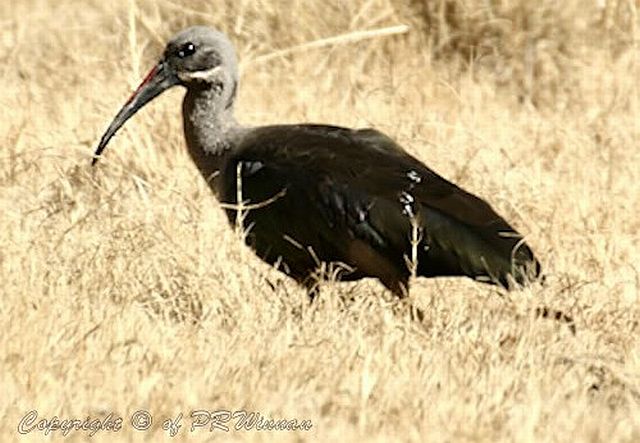
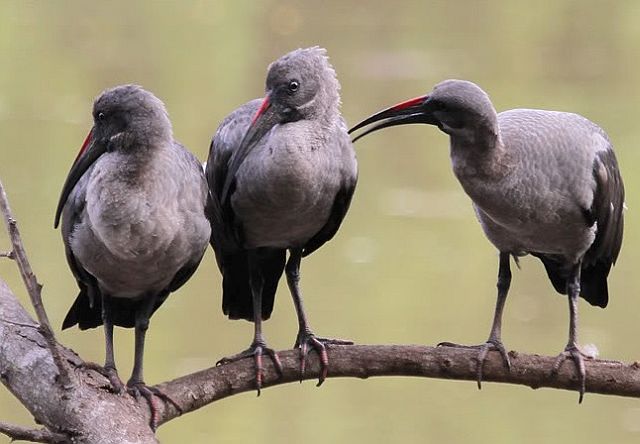 © leachy
© leachy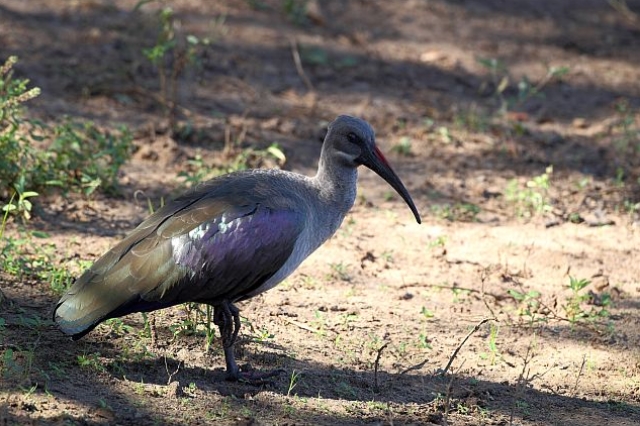 © Duke
© Duke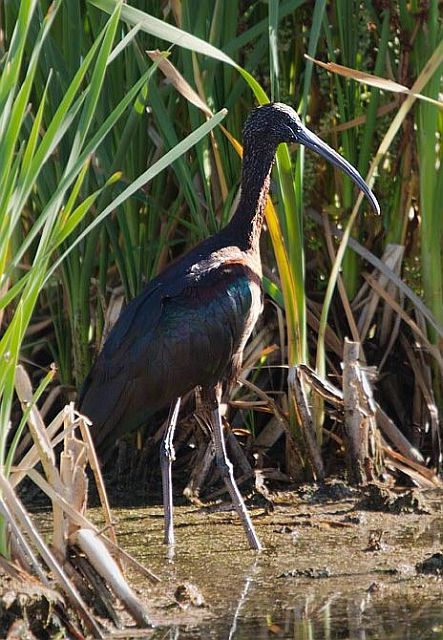
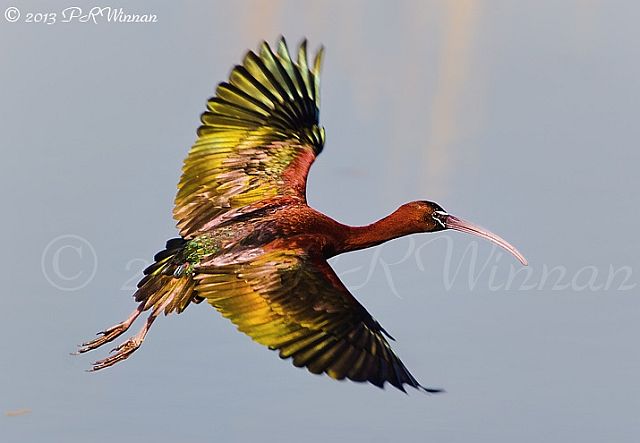
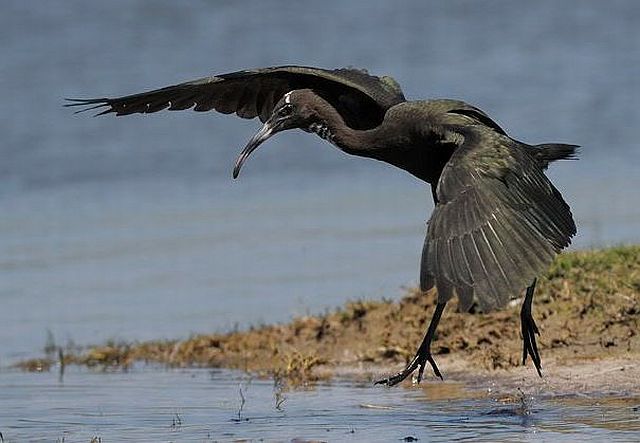 © Dewi
© Dewi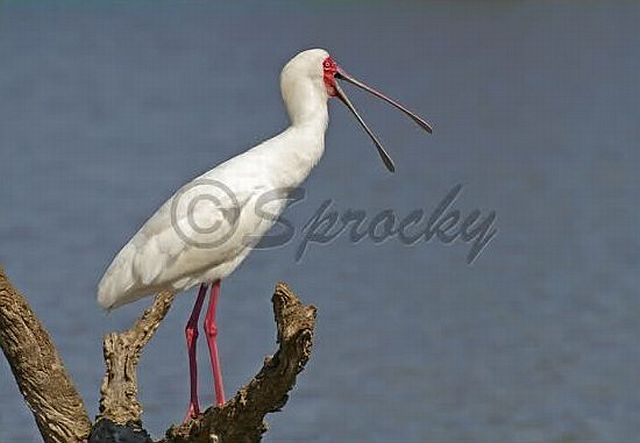
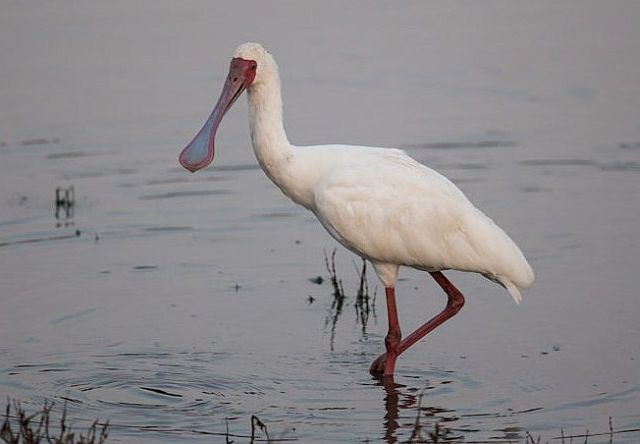 © Pumbaa
© Pumbaa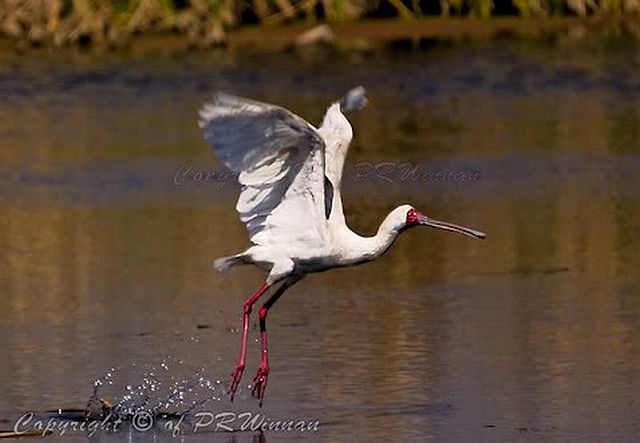 © PRWIN
© PRWIN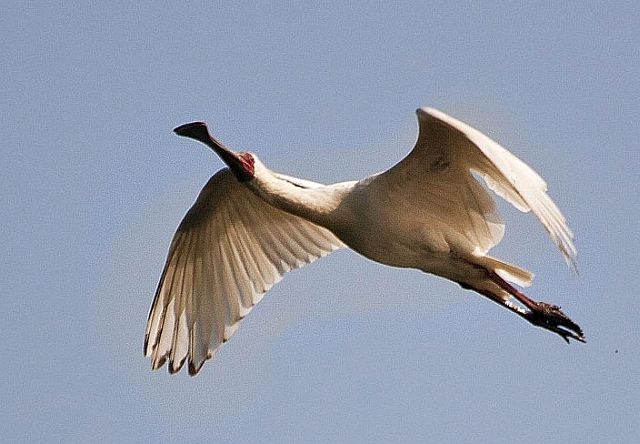 © PRWIN
© PRWIN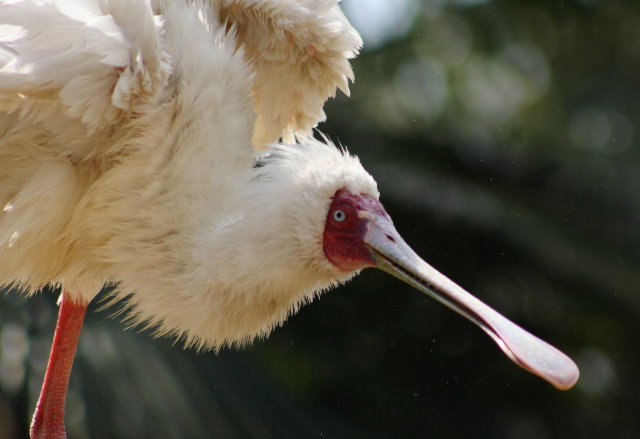 © Flutterby
© Flutterby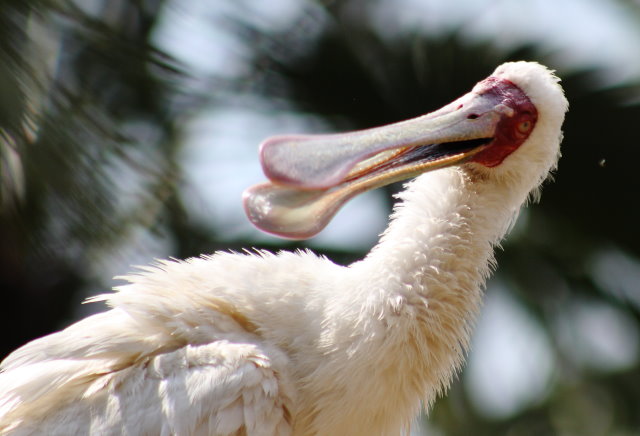 © Flutterby
© Flutterby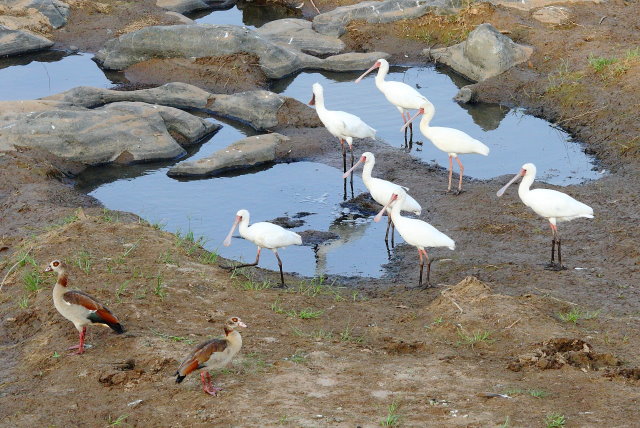 © Flutterby
© Flutterby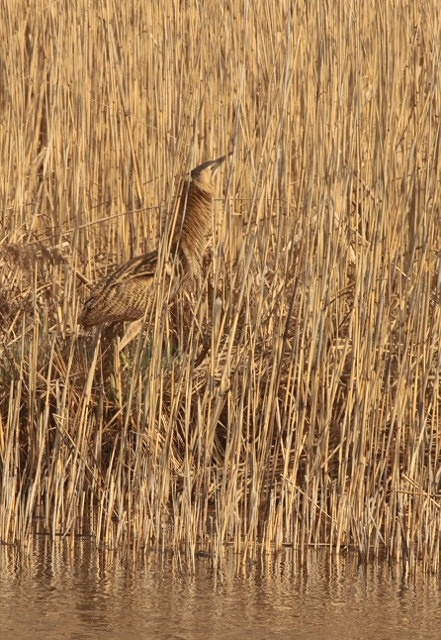
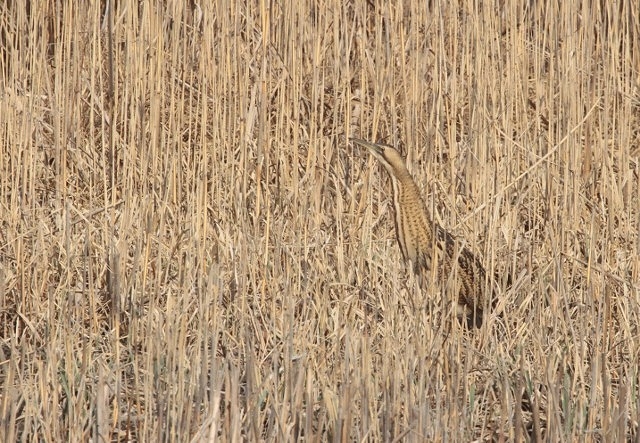

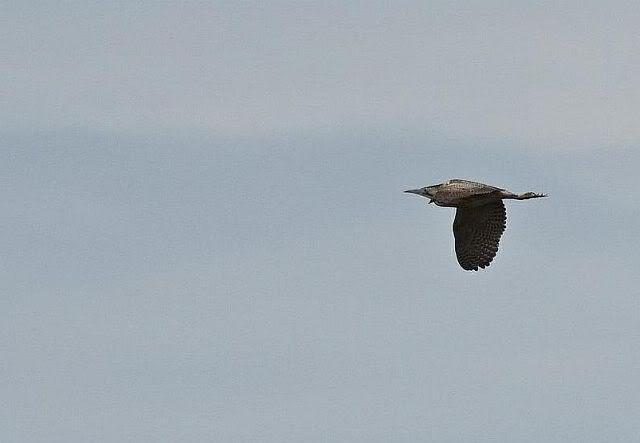 © Toko
© Toko